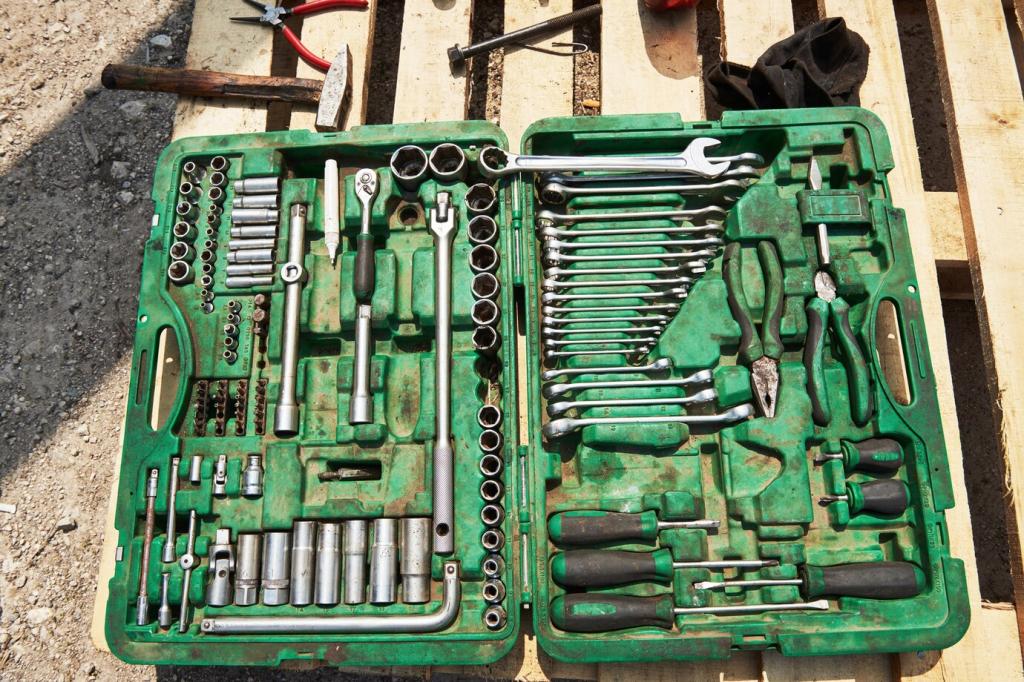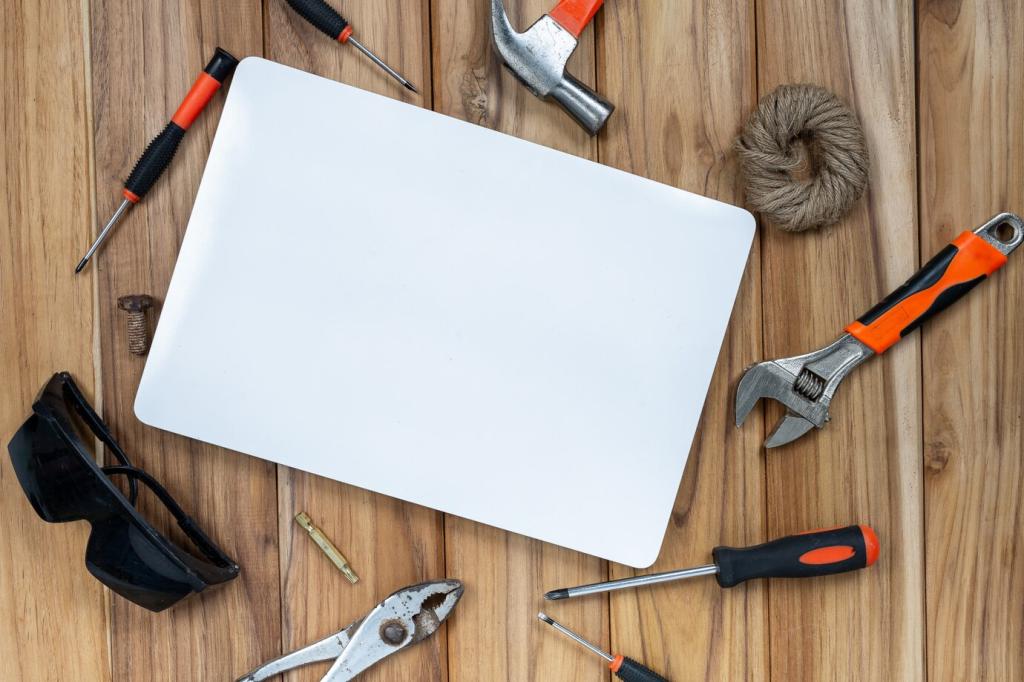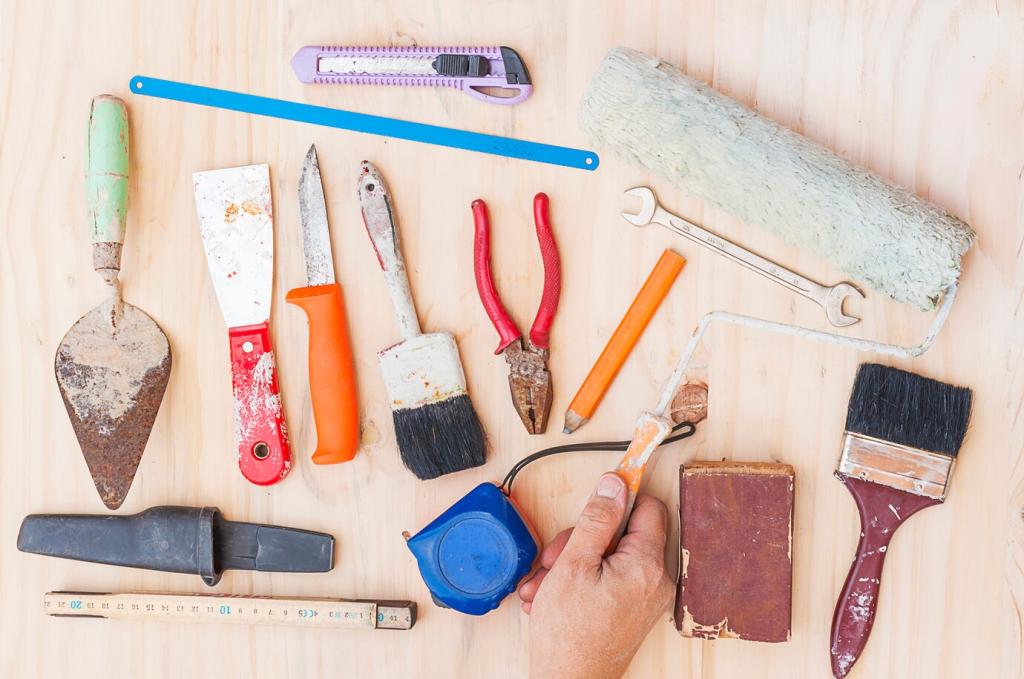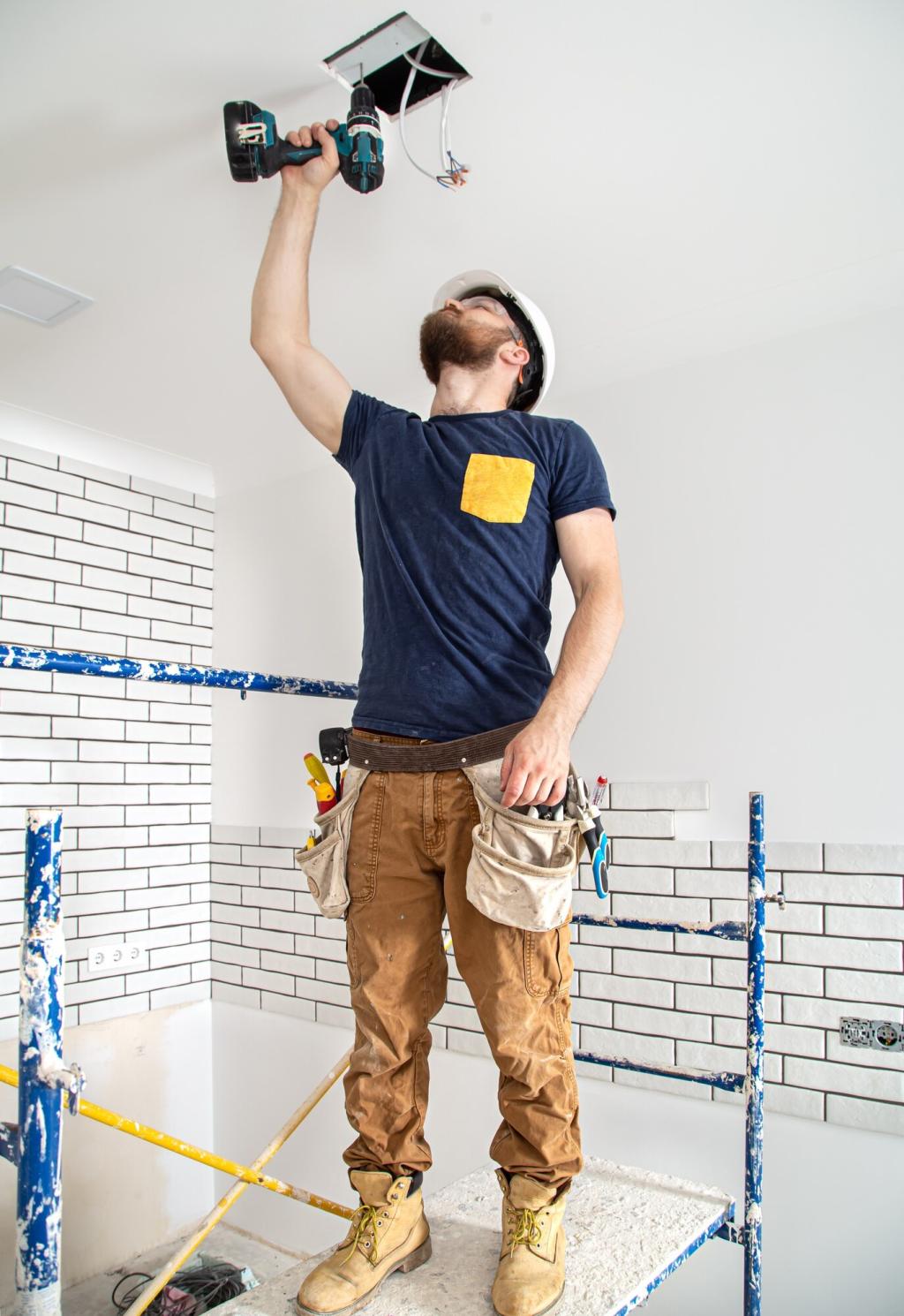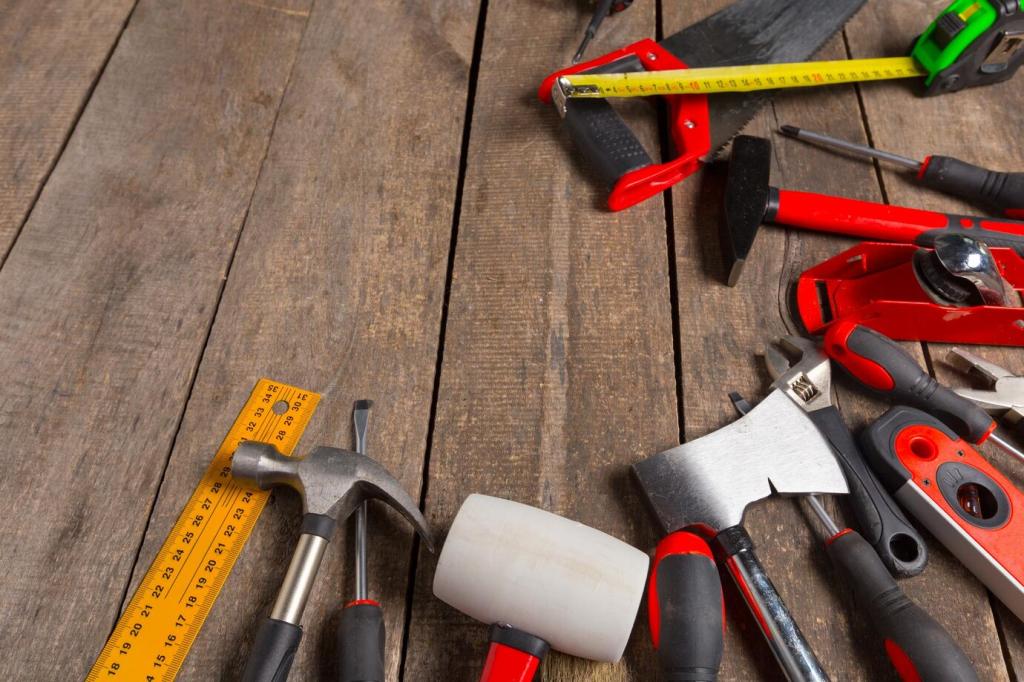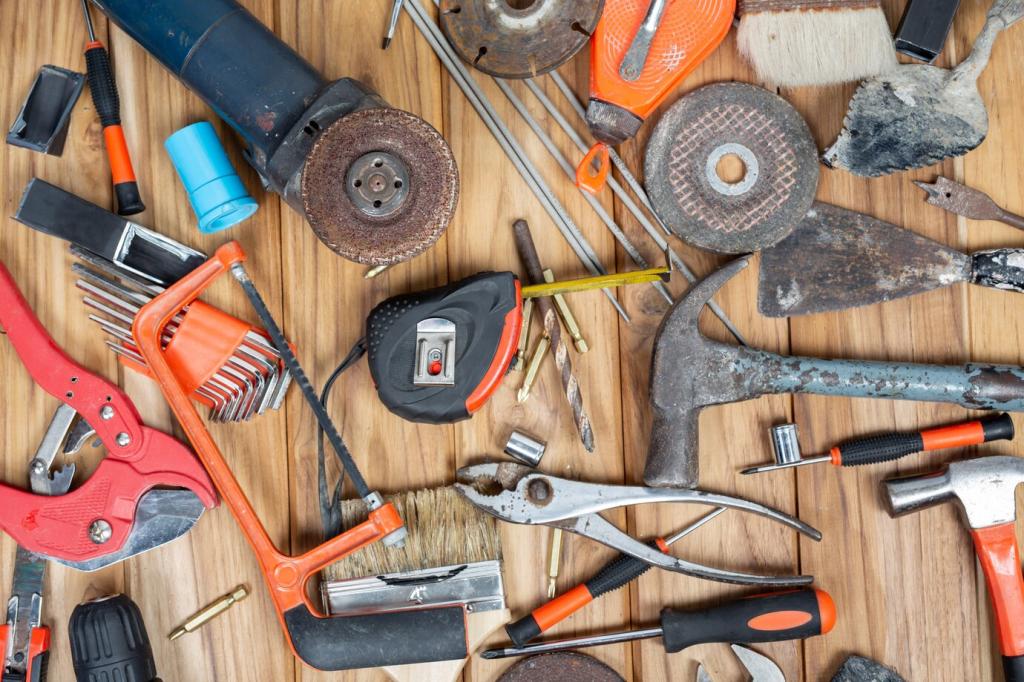Ergonomics, Safety, and Testing
Seek tools with soft, non-slip grips and balanced weight to reduce wrist strain during long dusting sessions. Telescoping dusters prevent awkward reaching and accidental knocks. A wide, lightweight caddy keeps everything organized, so you move less, handle surfaces gently, and maintain a calm pace that avoids hurried, damaging strokes.
Ergonomics, Safety, and Testing
Choose HEPA-sealed vacuums, anti-static dusters, and washable filters to trap dander and fine dust. Lint rollers with reusable silicone heads catch hair on fabrics without adhesive residue. If you have sensitivities, opt for fragrance-free accessories and wear a light dust mask during deep cleans—comfort helps you maintain consistent, careful routines.

